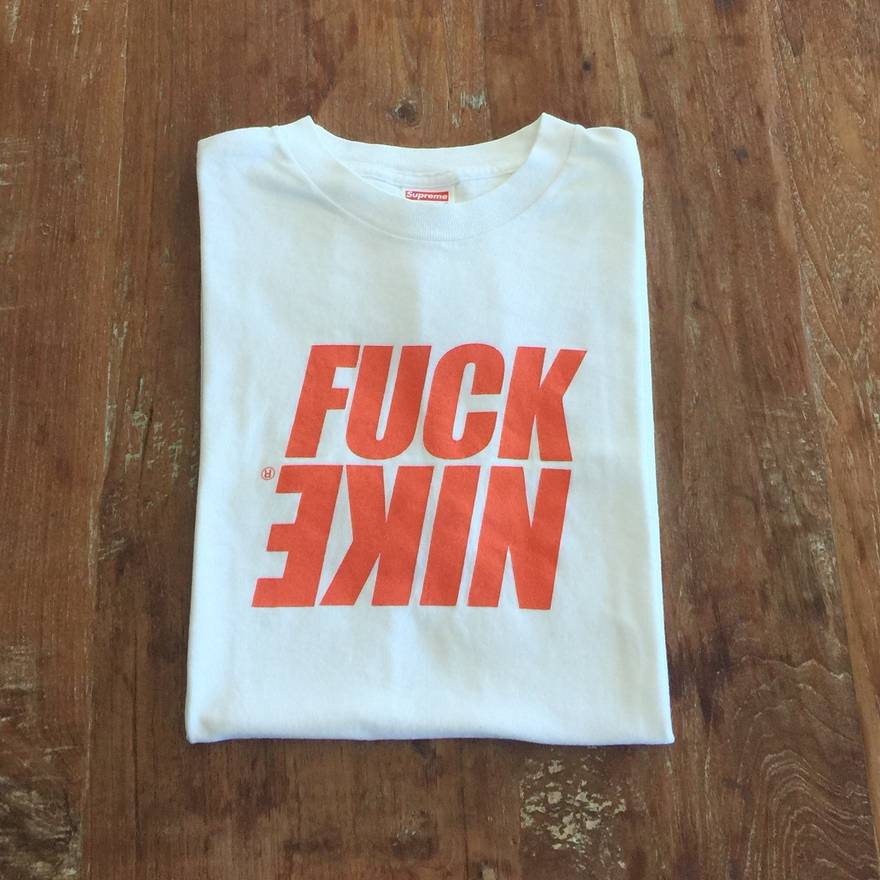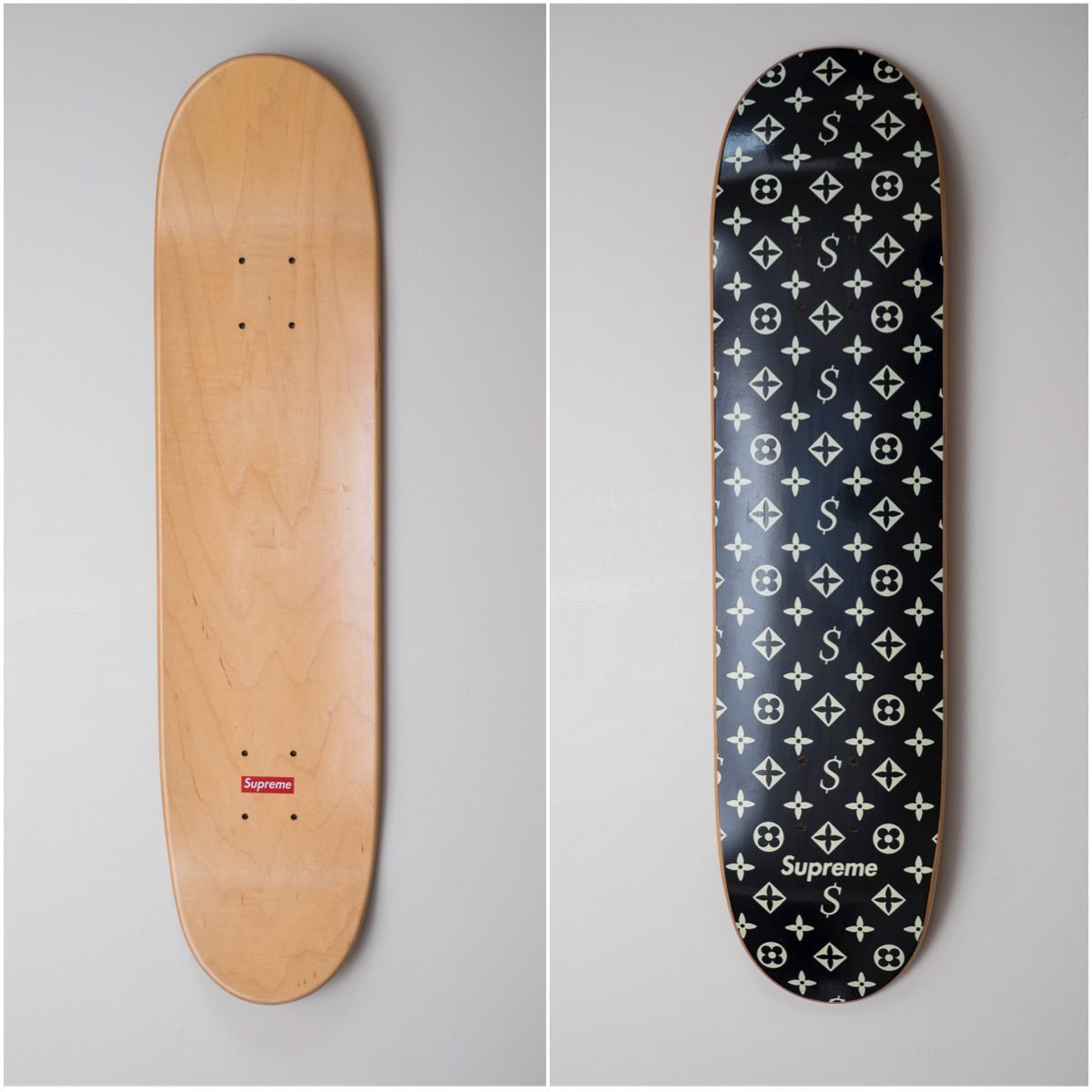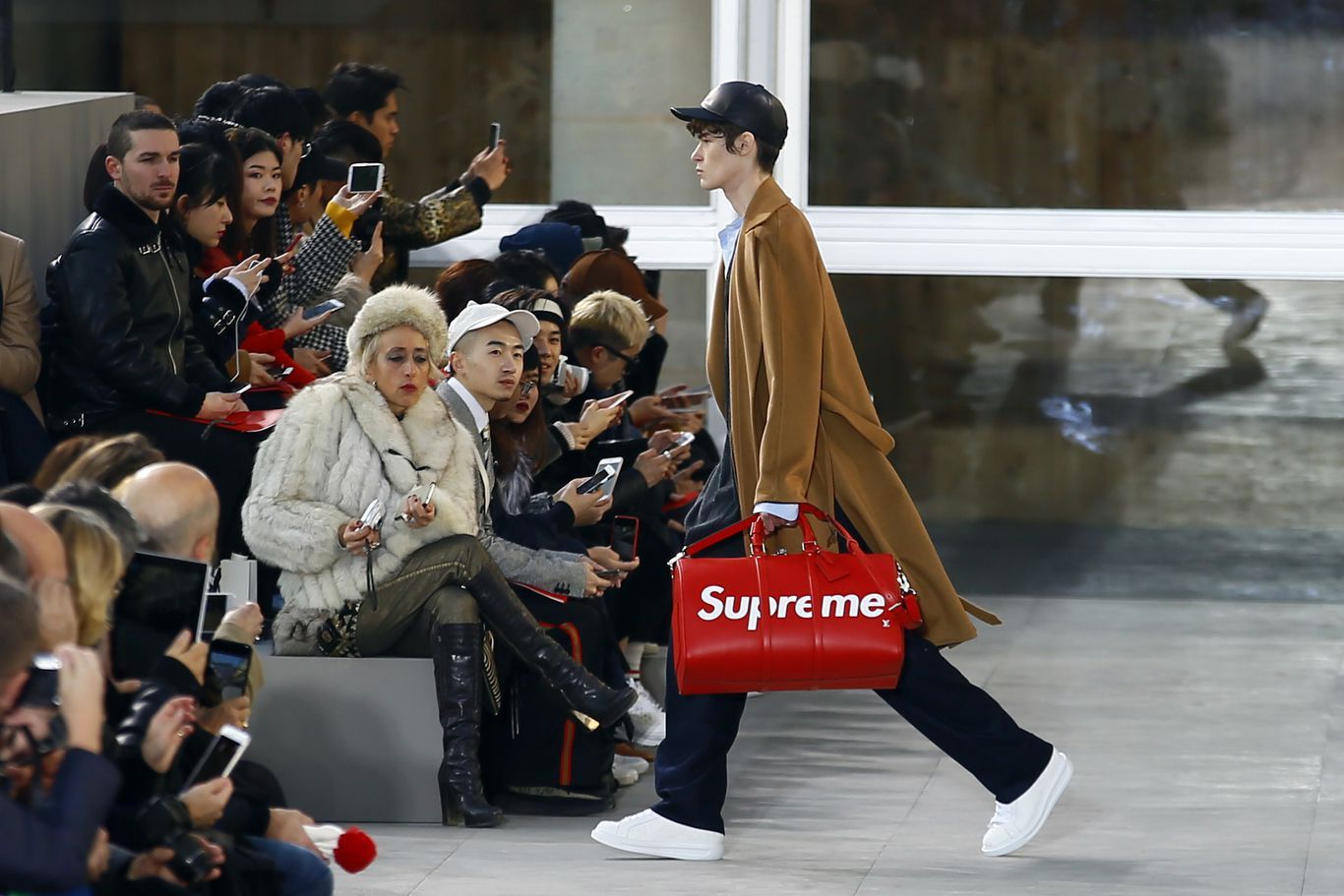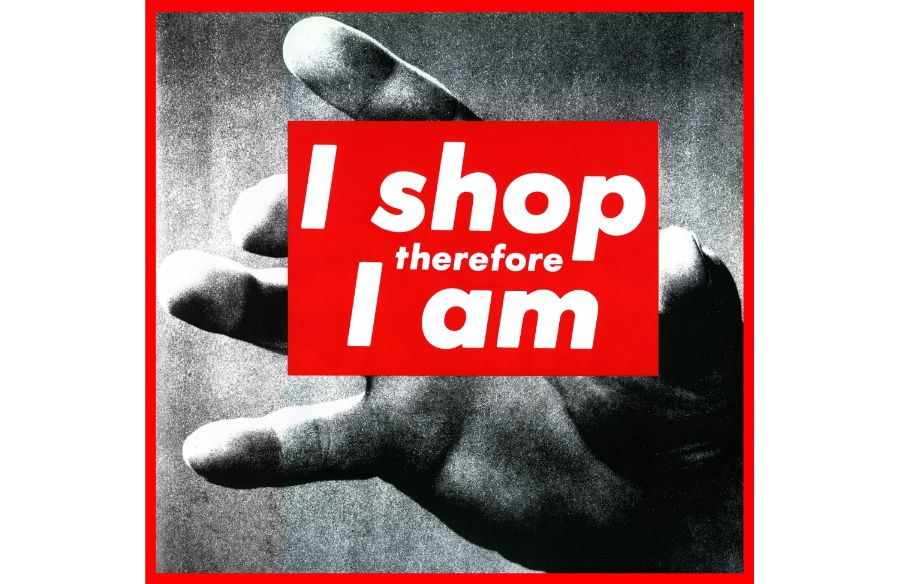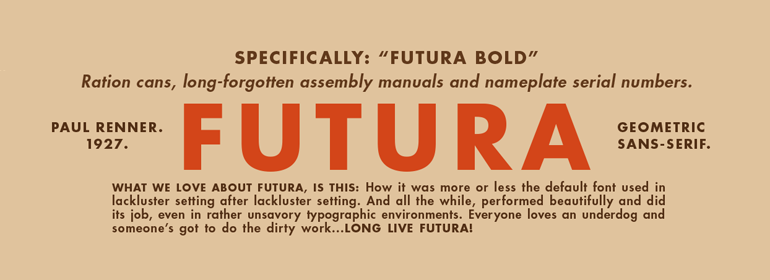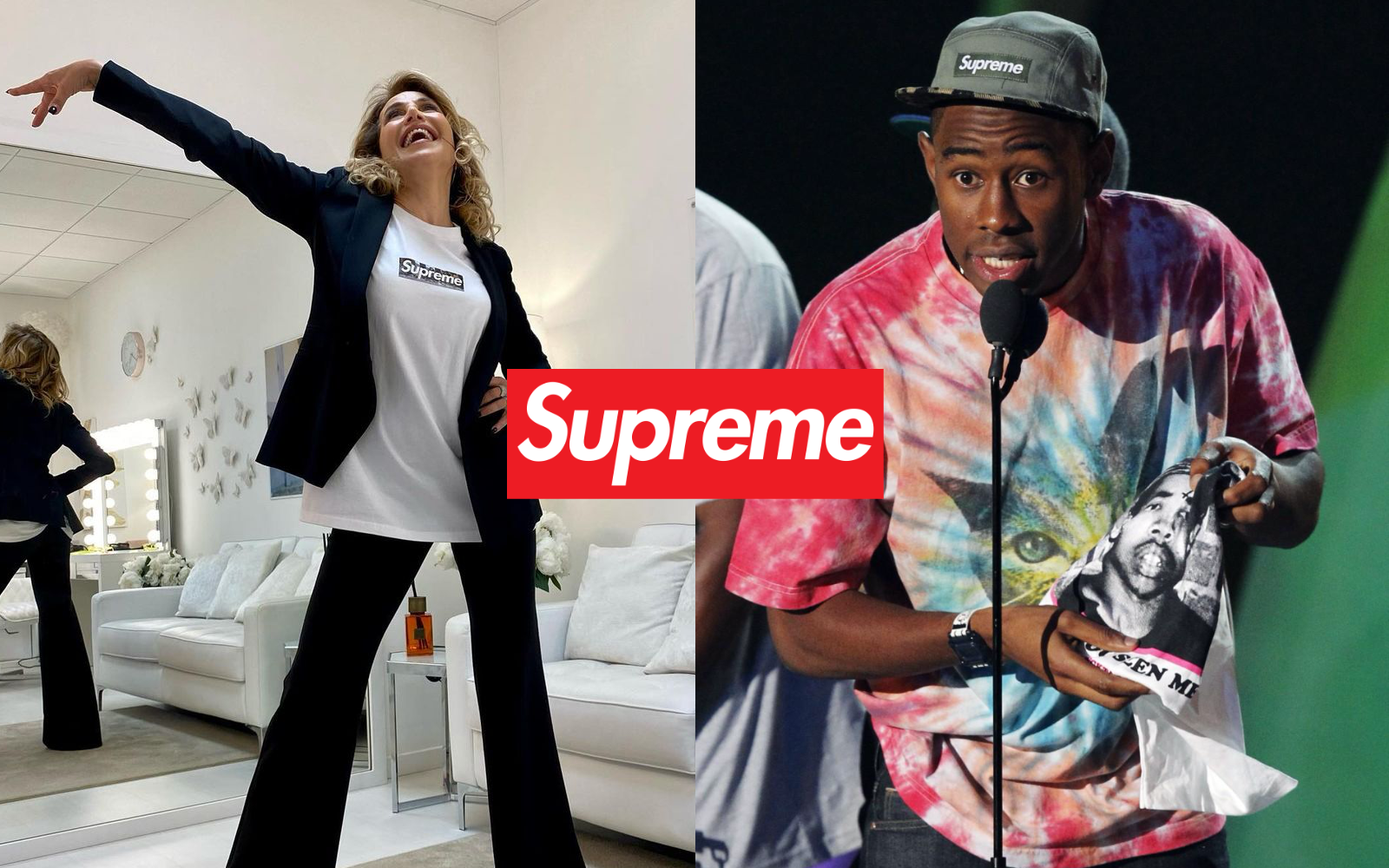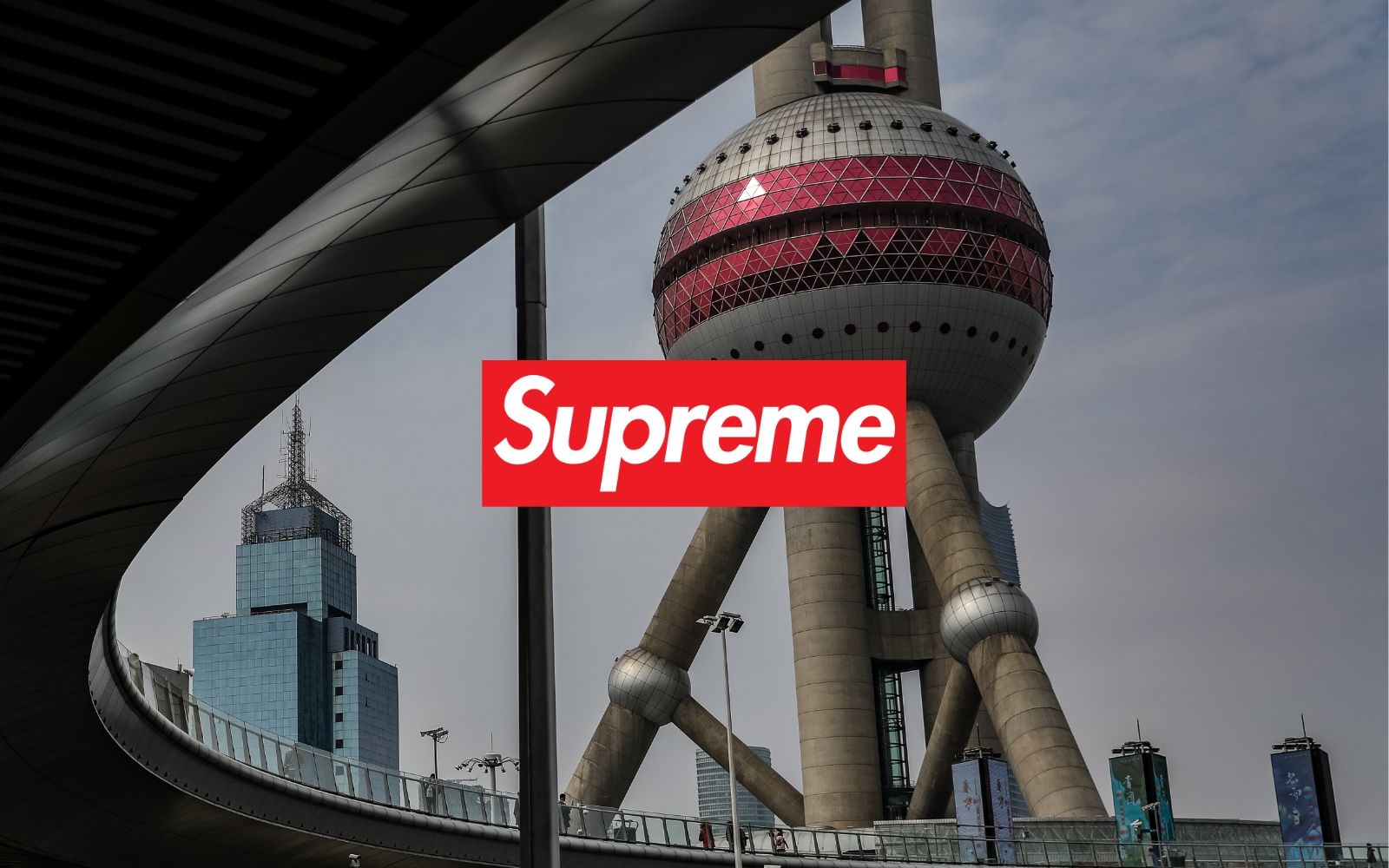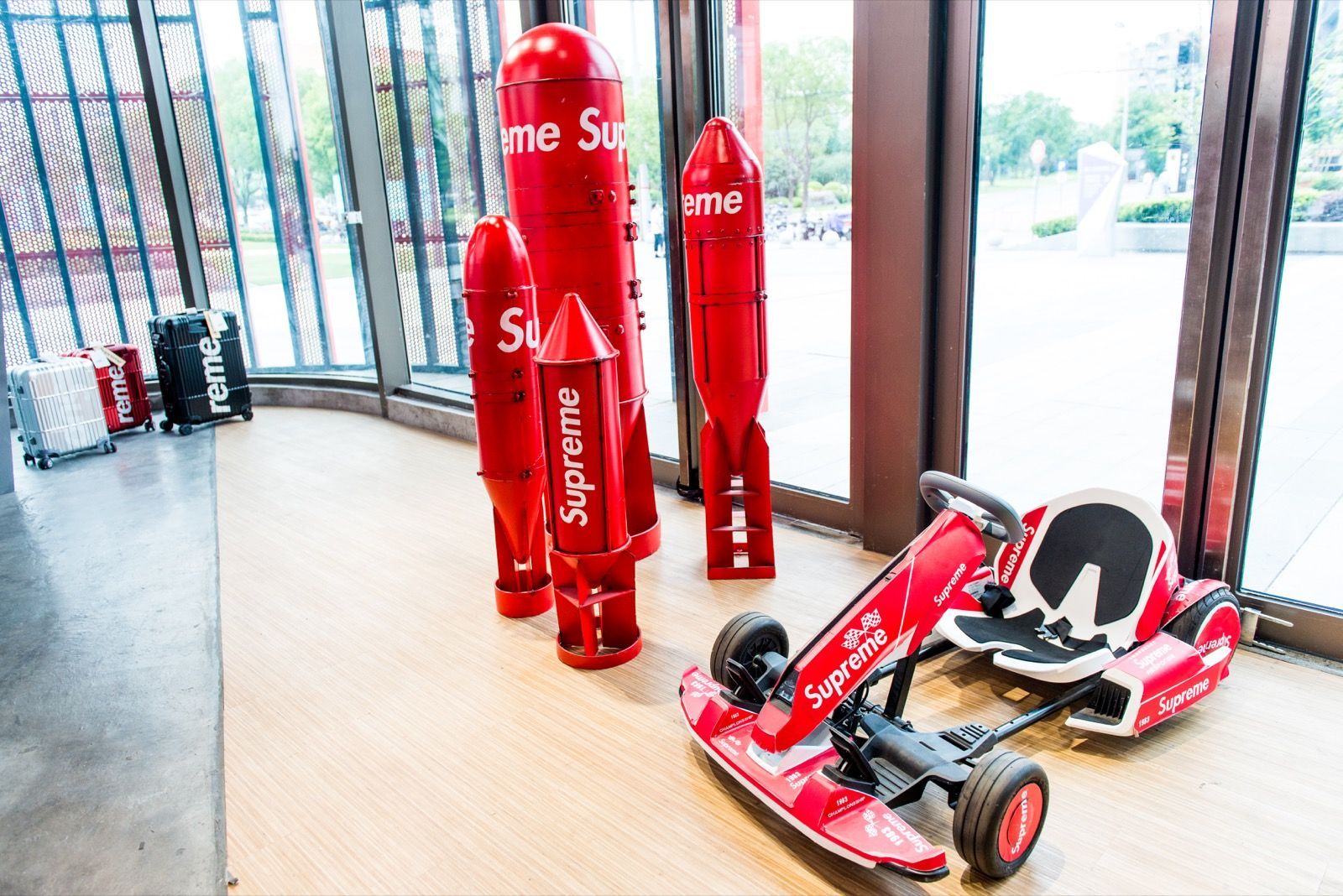
The troubled history of Supreme's boxlogo trademark registration From a legal point of view, the box logo is up for debate
Over the past year we’ve kept you updated on the legal battle between Supreme and Supreme Italia (which has now moved to Spain with the name of Supreme Spain and has opened physical stores), and on the so-called phenomenon of a legit fake: that’s to say when products are ripped off in a legal way. Many fans of the New York brand have often criticised the manufacturers of sweatshirts and T-shirts similar to the Supreme ones, ignoring a fact though: Supreme is not a registered trademark in Europe, therefore its intellectual property rights are up to debate. Chapter 4 – the company that produces Supreme – has tried many different times to register the iconic Supreme red box logo, but its requests have momentarily been denied twice by the European Union, while in the US the trademark was registered after years of struggle as Jebbia said in more than one interview.
In Italy Supreme has engaged a ferocious legal battle with IBF - the owner of Supreme Italia - about manufacturing and selling of counterfeit goods. The injunction is still open, but the last episode of the saga was the two court decisions of the Trani courthouse that has released the seizure of Supreme Italia's good and underlined the alleged invalidity of the brand (regarding a dispute with IBF, the company responsible for Supreme Italia).
On the other hand, quite paradoxically, IBF managed to start the registration process for Supreme Spain trademark at the Spanish bureau.
But now make yourself comfortable: we’re going to accurately explain why Supreme box logo has all these issues about trademark registration.
The problems with registering “Supreme”
The registration of a trademark at the patent office ensures the protection of the products of a brand or of a company. If I decided to produce a T-shirt using the Levi’s logo, for example, the brand could sue me for forgery, since that trademark is registered at the Italian patent office and recognized as one and I'm taking advantage of the Levi's intellectual protection. In order to register a trademark, the latter needs some fundamental requirements to be considered worthy of being registered. The two courthouse rulings justified their decisions based on the “description” and lack of distinctiveness of the Supreme brand. Let’s try to find out what that means.
The description of the brand refers to the fact that it is impossible to register words such as Supreme, because they indicate the quality of the product. It’s like trying to register a brand with the name “the best jeans ever”, of course, it’s impossible because no one can have the monopoly on the phrase “the best jeans ever”: the name recalls a characteristic that the manufacturer wants to associate to its product and might lead to an unfair position in the market, which is exactly what the law forbids. The adjective Supreme, in fact, is derived from the latin “Supremus”, which is the superlative form of Superus, from Super. In the Supreme case – whether the word is in English or refers to the female plural in Italian – follows this idea: the name of the brand is descriptive of one of its qualities.
The second point concerns the aesthetic of the brand and the lack of a distinctive character. Thus the red box logo doesn’t represent anything distinctive for the brand – according to the judgments of the courthouses – the same consideration is true for the red color and the use of the FUTURA font, invented by Paul Renner between 1927 and 1930.
Taking over on the inside
The impossibility of registering the Supreme trademark has to do with the history of the brand founded by James Jebbia, which especially in the beginnings, had a punk and appropriating attitude. Barbara Kruger - the feminist artist - technically did it first. Beginning in the 1970’s, while she was working in New York as a graphic designer for popular magazines, including Condé Nast’s Mademoiselle, Kruger took the Futura font – one created by German company Bauer Type Foundry – paired it with “scenes from banal consumer life,” and thereby “reframed the implied motives of her subjects,” as the New Yorker put it. It was not until 1981 that she debuted her white Futura white-text-in-red-box designs and then again later, not until she introduced one of her most famous creations, her “I Shop Therefore I Am” work.
Furthermore, in the pre-collabo era, when the hype for Supreme was still confined to the skate world and not shared by a global audience like today, the brand stood out for its ironic (but not always) references to other brands in its products. One of the most famous is the 1999 T-shirt with the quote “FUCK NIKE” made in Japan or the skate deck with the Louis Vuitton monogram. These products caused many lawsuits for Chapter 4 (almost all lost) and cease and desist orders. Nonetheless, this ironic and bold attitude towards the fashion system is an essential part of the American brand and has affected also its public image.
When Jebbia designed the Supreme logo he was not thinking about patent offices or description issues and maybe this is exactly why Supreme should drop the alleged legit fake problem and should continue on its chosen path.










































